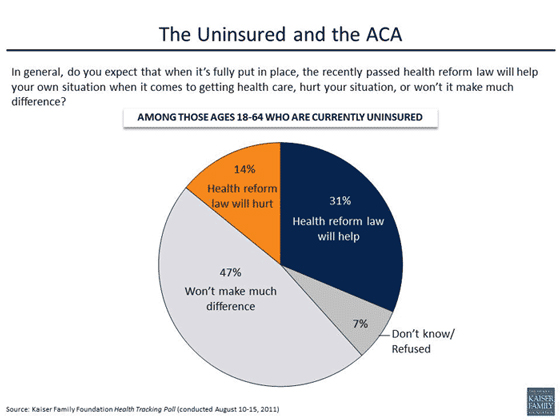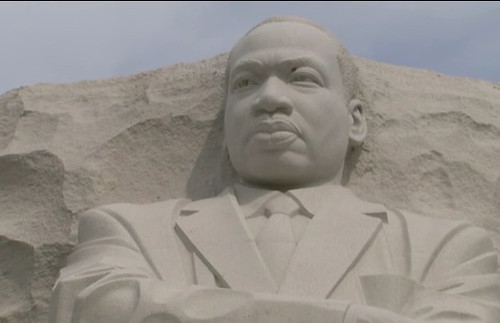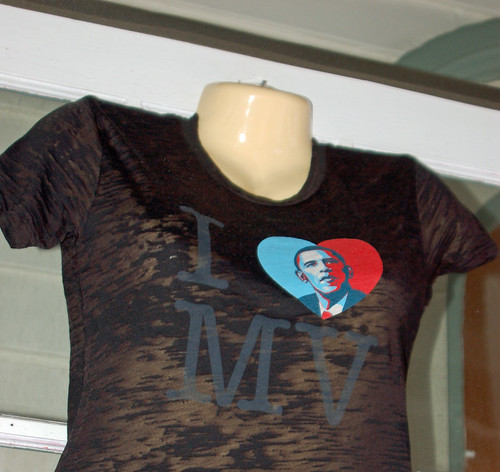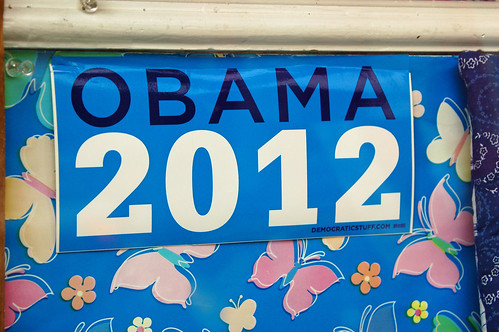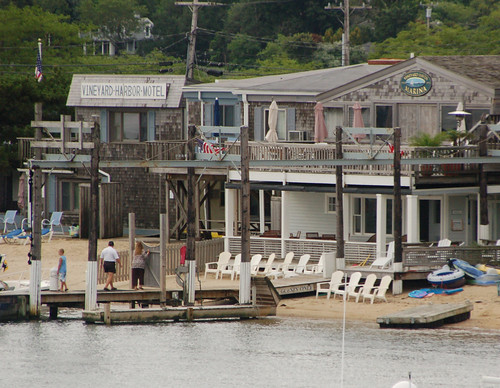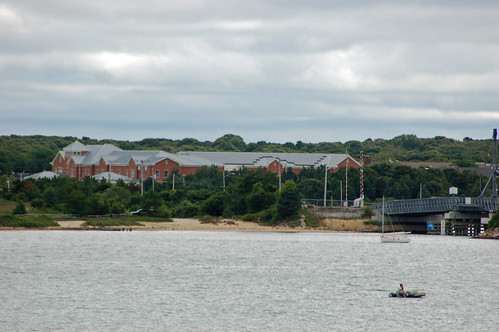
Enthusiastic consumers of national news (are there still any such people?) may have heard about the civil disobedience campaign being mounted by opponents of the $7 billion Keystone XL pipeline. The project would bring tar sands oil from Canada to Gulf of Mexico refineries. Protesters worry about leaks and pollution -- but what this is really about is that, as we humans adopt more and more destructive technical means to extract every last drop of oil while we use up the last of the earth's black gold, we are likely condemning the planet to warming on an unknown scale through release of carbon dioxide into the atmosphere. As I write, hundreds have been arrested in front of the White House while demanding that President Obama not approve the pipeline. (Full disclosure: one of them is a young almost-relative and we are damn proud of her!)
By raising the profile of the issue, climate change activists are attempting to use the same strategy that advocates for a more humane immigration policy adopted with some success in getting the administration to use its executive power to stop deporting highly desirable and innocent undocumented people. (A dissection of that strategic coup here.) That is, they are trying to show Obama's political handlers that there will be a cost in support in 2012 if he ignores their concerns.
I devoutly wish that I thought this was going to work, but I doubt it. Immigration activists were able to demonstrate that Obama was losing support among potential Latino voters; they consequently won at least the appearance of action.... "The decision-making authority is solely the president's," Michael Brune, executive director of the Sierra Club, told other environmental groups on a Thursday conference call, according to Bloomberg. "It will be increasingly difficult to mobilize the environmental base and to mobilize in particular young people to volunteer, to knock on thousands of doors, to put in 16-hour days, to donate money when they don't think the president is showing the courage to stand up to big polluters."
The problem for environmental activists is that the constituency that is aroused about climate change consists largely of people who always vote. And, when faced with the intense scientific know-nothingism that exudes from Republicans these days, they mostly just won't resist voting for Obama, regardless of how disappointing they may find him. It's vaguely comforting having a president who knows the world is round, even if he won't take on the energy interests. Groups like the Sierra Club and the League of Conservation Voters do have some capacity to field volunteer election workers, but the Obama campaign found their own volunteers last time around and may still think they can do without such constituency groups in 2012. They may even be right.
Dave Roberts who writes at Grist has offered some very sharp observations about the climate change movement's political weakness.
If we are to keep the planet habitable for a human population anywhere near the present size, that's the way we are going to have to think. The climate needs a left capable of mass scale based on respect for diversity expressed as solidarity.A big part of the problem is precisely that climate efforts so far have been almost entirely driven by liberal elites. It's been an extremely intellectualized, top-down sort of undertaking ... what you need is a renewed left with genuine grassroots muscle, the ability to threaten politicians' reelections, and lots of money to deploy. You need a left that is greater than the sum of its siloed constituent parts, so that climate is no longer the sole province of "the environmental movement," gender equality no longer the sole province of "feminism," worker welfare no longer the sole province of "labor," etc. -- some good old-fashioned solidarity.
... the decline of the left's power is closely connected to the decline of institutions that used to create leftists and give them a sense of common purpose. I'd put two in particular foremost among them: unions and liberal churches. It's unions that brought people together -- in the real world, not in chat rooms -- and trained them to think and act as part of a political force devoted to the welfare of ordinary people against the iniquities of the rich and powerful. And it's liberal churches that brought people together -- in three-dimensional space, not on Twitter -- to convince them that there is a genuine moral imperative to fight for the interests of the dispossessed and disadvantaged.
... Ultimately climate action is about overturning the status quo and defending the powerless (including future generations) against the depredations of the powerful. It's a liberal undertaking. It relies on the strength of liberalism, in the U.S. and globally, which has proven itself frustratingly weak in recent years, particularly on economic issues (and climate is very much an economic issue).
Despite every other legitimate concern, we cannot ignore that our economic and social system is rapidly making the planet less habitable. So I will be posting "Warming Wednesdays" -- reminders of that inconvenient truth.

